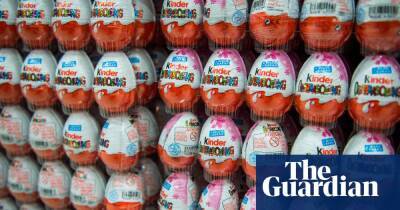Companies are raising consumer prices but you have to be a sleuth to detect it
Americans are paying more for a broad swath of household goods these days. Even items without a higher sticker price may still cost more — it's just hard to notice at first glance.
That's because some companies have reduced the contents of their packaging. A cannister that used to contain 16 ounces of coffee may now have just 14 ounces; 300 sheets of toilet paper may have fallen to 275 sheets.
The consumer ultimately pays more money for this «shrinkflation,» since they pay the same price for a lesser amount. But they may not notice without reading the fine print on packaging.
«It's a sneaky way to pass on a price increase to shoppers,» said Edgar Dworsky, founder of website Consumer World and a former assistant attorney general in Massachusetts who focused on consumer protection.
«Manufacturers know consumers are price-conscious,» he added. «If they raise the [sticker] price, they know shoppers will notice that.»
Product downsizing isn't new — U.S. companies have used the tactic for decades, Dworsky said. Larger sizes don't necessarily disappear forever; companies sometimes reintroduce them later but at a higher price, as with «family size» cereal boxes or «party size» potato-chip bags.
Shrinkflation tends to come in cycles, though, and it's cropped up more regularly over the last several months.
Recently, Dworsky noticed packages of a certain brand of raisins declining by about 2.5 ounces in weight, while another company has reduced the size of its rolls of toilet-paper. Trims have also been made by certain brands of yogurt, body wash, soap and cookies.
This is happening against the backdrop of consumer prices rising at their fastest 12-month pace in about 40 years.
«It's a double whammy,» said Jack Gillis, executive
Read more on cnbc.com






















